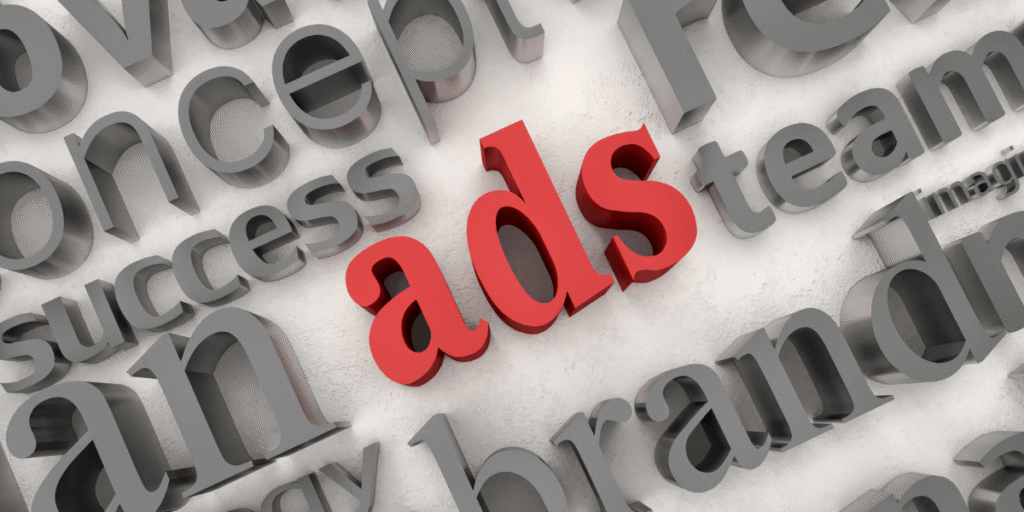
Understanding the Digital Advertising Landscape in 2025
Digital advertising budgets now exceed 60% of total marketing spend, with Google Ads and Facebook Ads controlling almost 60% of the market. But which is best for your business?
The answer depends on your goals, audience, and sales funnel. Here’s a detailed breakdown to help you choose.
How Google Ads and Facebook Ads Differ
Google Ads = Intent-Based Marketing
Targets users actively searching for solutions (e.g., “best running shoes”).
Facebook Ads = Interest-Based Marketing
Targets users based on interests, behavior, and demographics while they browse content.
👉 This fundamental difference affects targeting, costs, and conversion potential.
Google Ads: Strengths and Weaknesses
✅ Strengths
1. High-Intent Traffic
Capture users ready to buy (e.g., “emergency plumber Dallas”).
2. Diverse Ad Formats
- Search ads
- Display ads
- Shopping ads
- Video ads (YouTube)
- App promotion ads
3. Immediate Results
Generate leads from day one.
4. Local Business Advantage
Excellent for “near me” searches.
❌ Limitations
- High CPC: Can reach $50+ in competitive industries.
- Steep Learning Curve
- Limited Visual Appeal
- Ad Blindness: Many users skip sponsored results.
Facebook Ads: Strengths and Weaknesses
✅ Strengths
1. Advanced Targeting
- Demographics
- Interests
- Behaviors
- Life events
- Custom audiences
2. Visual Storytelling
- Image ads
- Video ads
- Carousel ads
- Stories
- Instant Experience
3. Lower CPC: Typically $0.50–$2.00.
4. Remarketing: Powerful retargeting via Facebook Pixel.
❌ Limitations
- Lower Purchase Intent
- Ad Fatigue: Regular creative refresh needed.
- Attribution Complexity
- Privacy Changes: Reduced tracking accuracy (e.g., iOS updates).
Cost Comparison: Google Ads vs Facebook Ads
| Metric | Google Ads | Facebook Ads |
|---|---|---|
| Average CPC | $1–$2 (can reach $50+) | $0.50–$2 |
| Daily Budget | $5–$10 | $1–$5 (recommended $5–$10) |
| ROI | $2 for every $1 spent | $5.20 for every $1 spent |
Note: Facebook typically offers better awareness; Google delivers stronger high-intent conversions.
Where Each Platform Performs Best
Google Ads
- Local services
- Emergency needs
- Specific product searches
- B2B solutions
- High-ticket items (real estate, automotive)
Facebook Ads
- Fashion & beauty
- Lifestyle brands
- Events & entertainment
- Subscription products
- Local community businesses
Matching Platforms to Buyer Journey
Awareness Stage
Facebook wins by creating demand through visual storytelling.
Consideration Stage
Google dominates with targeted searches for product comparisons and guides.
Decision Stage
Google captures high-intent buyers (e.g., “buy iPhone 15”).
Case Studies: Real-World Results
👜 Case Study: Fashion E-Commerce
- Google Ads: $1.75 CPC, 3.2% conversion, $54.69 CPA, 3.1x ROAS
- Facebook Ads: $0.82 CPC, 1.7% conversion, $48.24 CPA, 3.5x ROAS
👉 Result: Retailer allocated 60% Facebook / 40% Google.
💻 Case Study: B2B SaaS Company
- Google Ads: $6.45 CPC, 4.8% conversion, $134 CPA, 45-day cycle
- Facebook Ads: $3.22 CPC, 1.2% conversion, $268 CPA, 72-day cycle
👉 Result: 80% Google / 20% Facebook (used Facebook mainly for awareness).
Dual-Platform Strategy: Best of Both Worlds
- Set Clear Goals
- Match Ads to Funnel Stages
- Design Platform-Specific Creatives
- Implement Cross-Platform Tracking
- Test and Optimize Budgets
- Review Customer Journey Touchpoints
Making Your Final Choice
Choose Google Ads If:
- Users actively search for your product
- You want fast returns
- Your business is local or B2B
- You serve emergency or high-consideration industries
Choose Facebook Ads If:
- You sell visually driven products
- You target specific niche audiences
- You have longer sales cycles
- You want strong brand awareness
Key Takeaways for Success
- Start with strategy.
- Test, measure, optimize.
- Invest in creative quality.
- Ensure smooth landing page experience.
- Analyze full-funnel impact.
Conclusion: No One-Size-Fits-All
A hybrid strategy works best for most businesses. Use Facebook for awareness and Google for conversions. Stay flexible and keep optimizing as both platforms evolve.
👉 What has your experience been with these platforms? Share your results in the comments!
